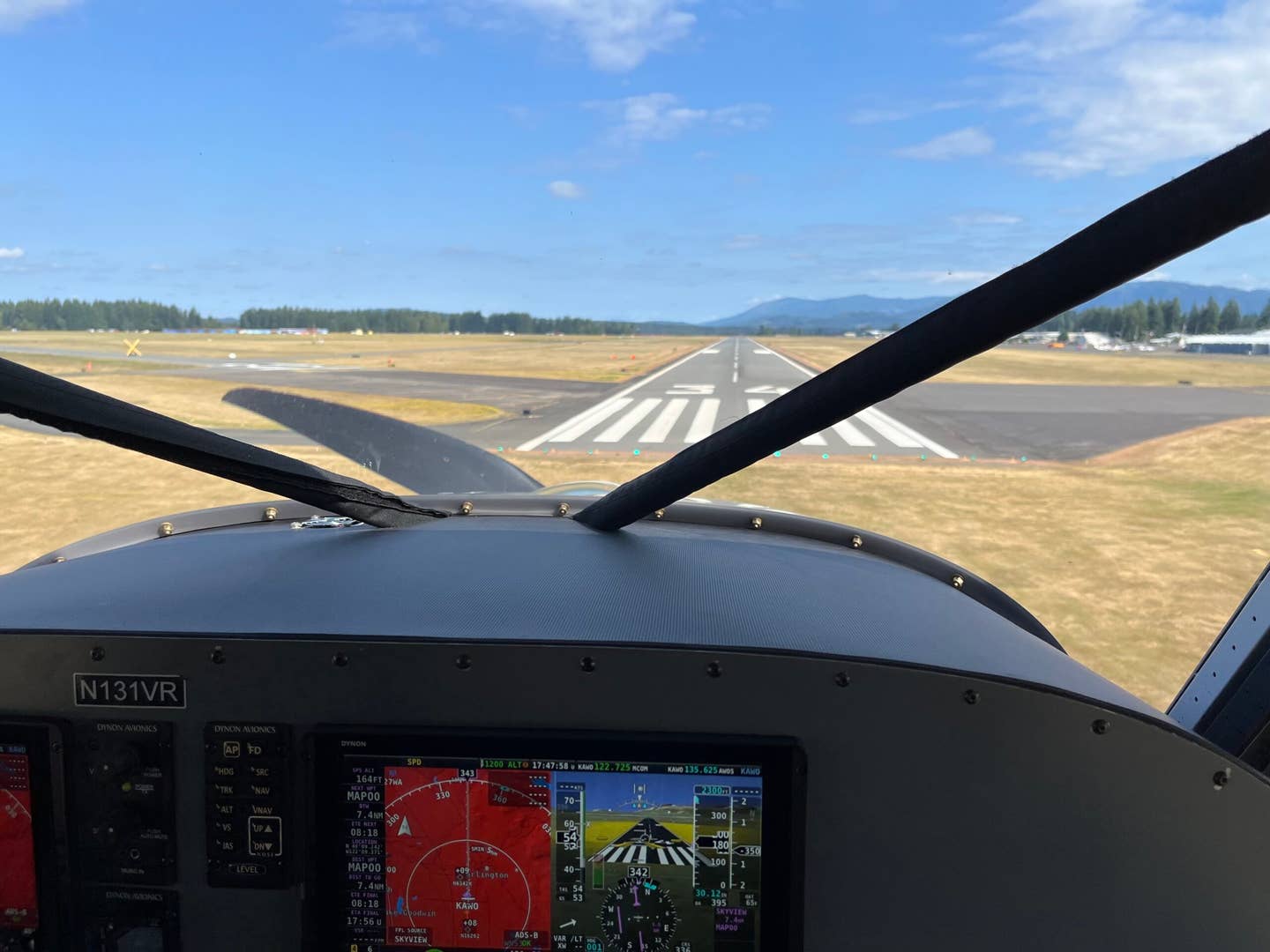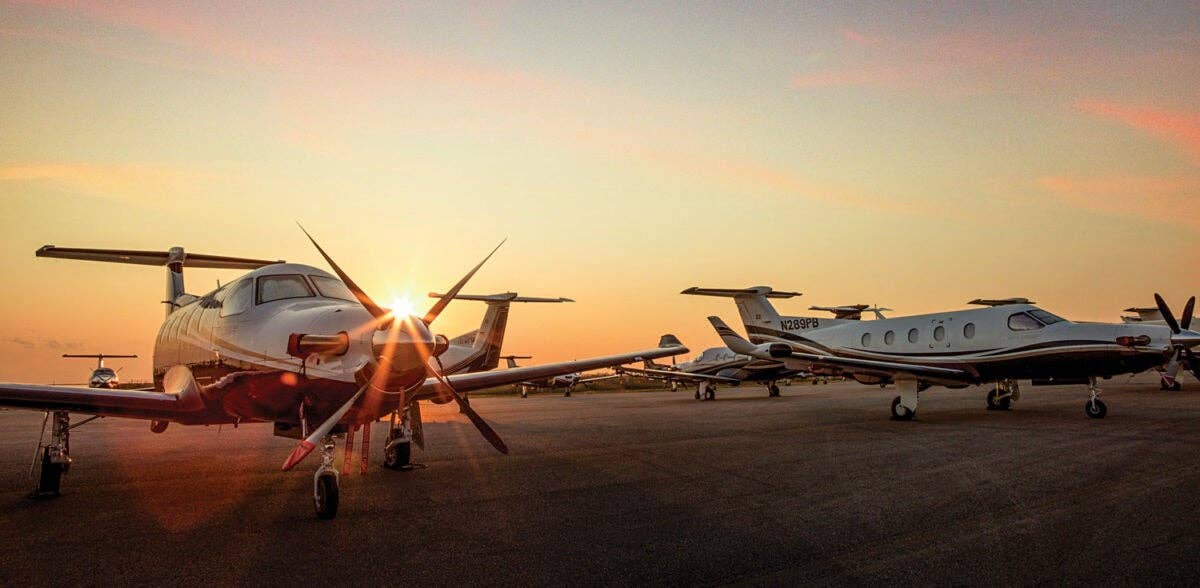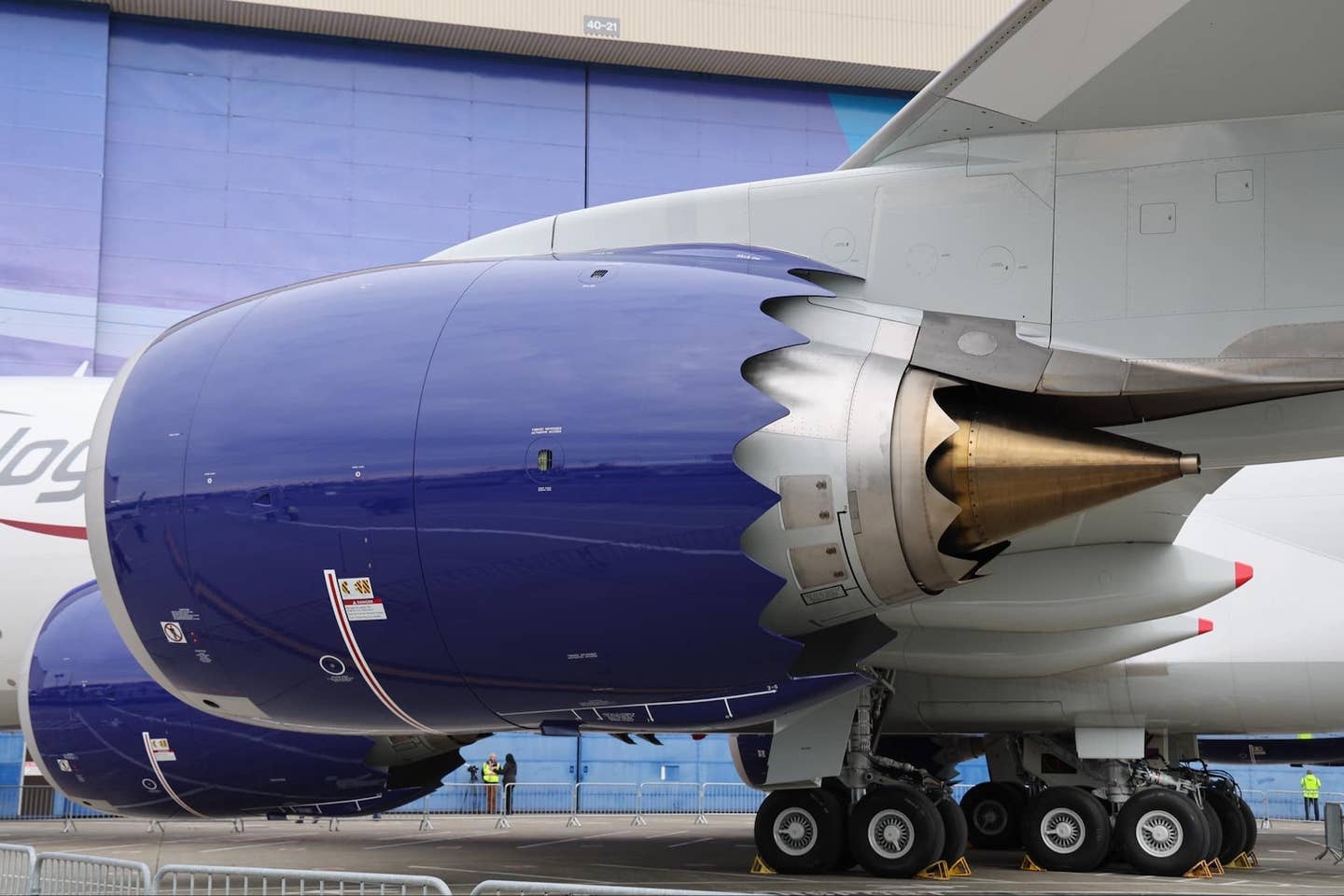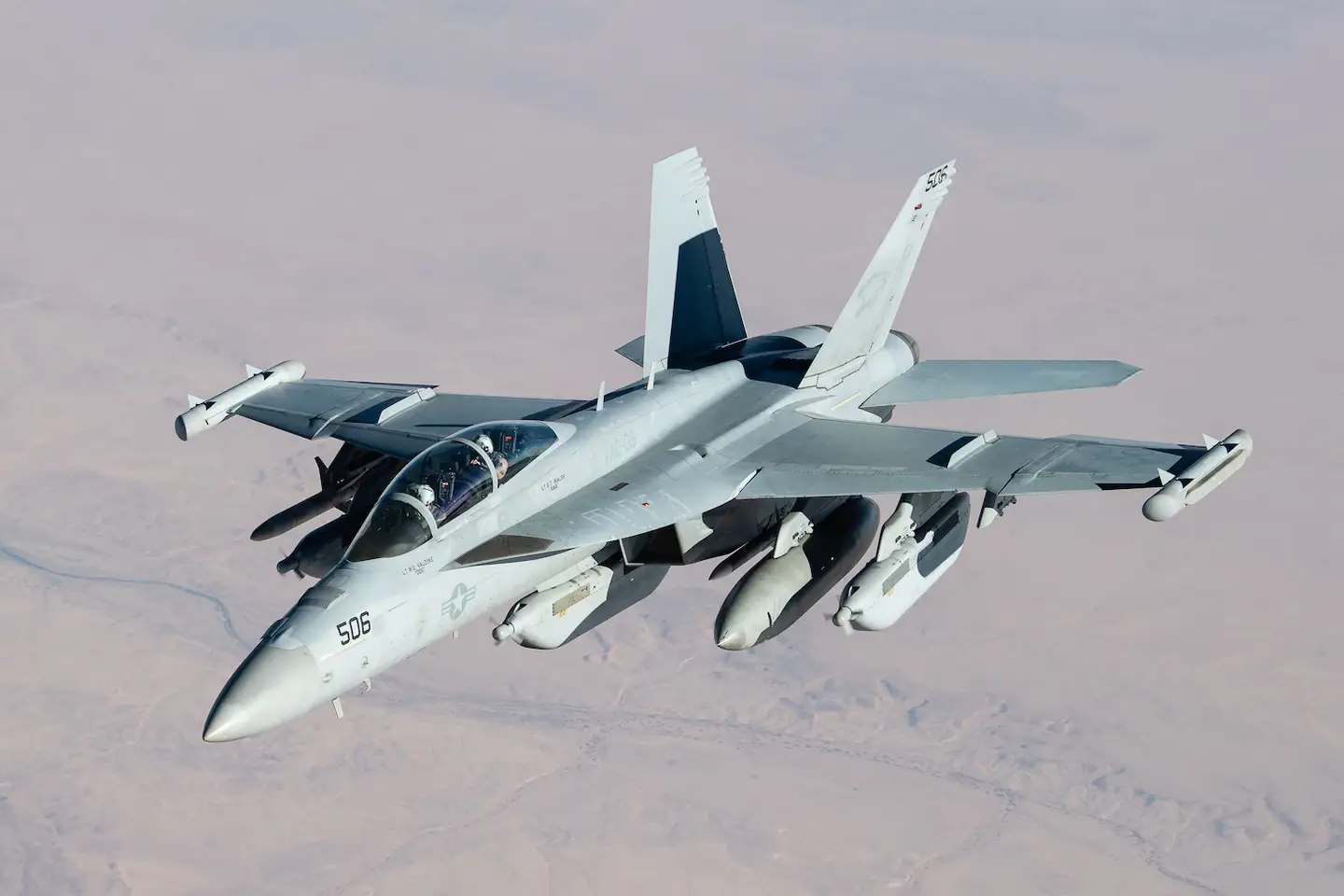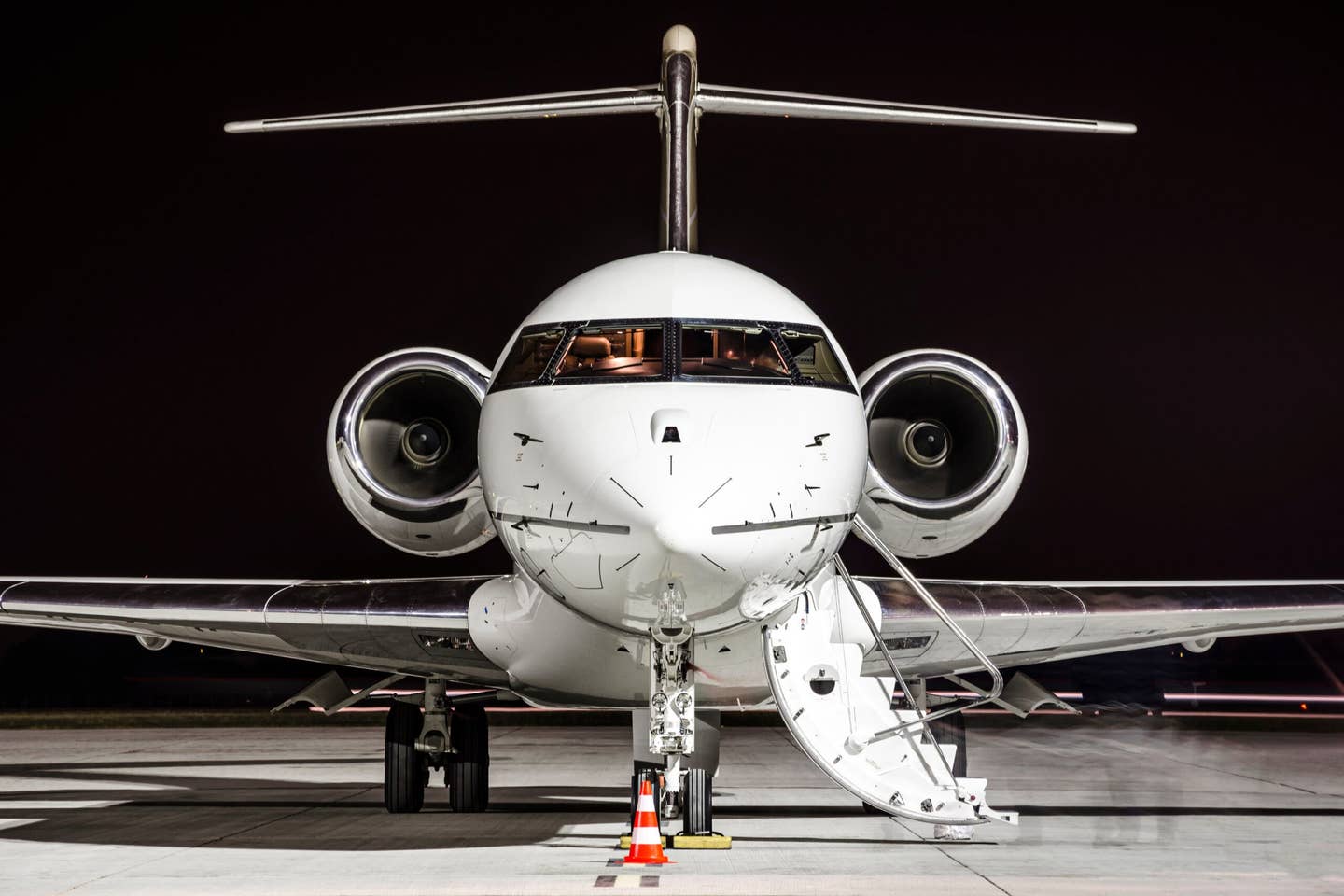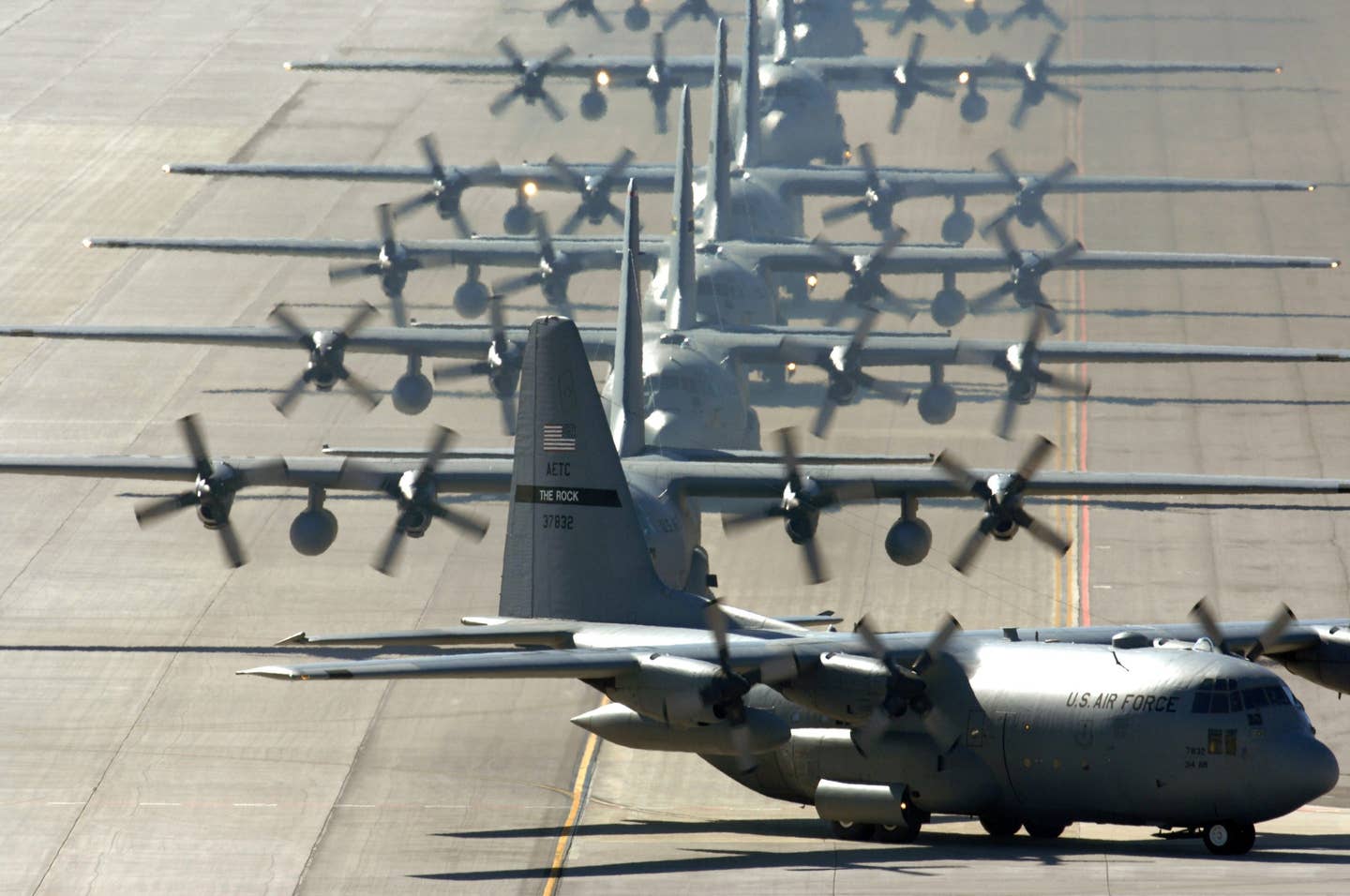
Multiple C-130 aircraft taxi in at Nellis Air Force Base in Nevada. Courtesy National Park Service
The future of the sustainable aviation fuel (SAF) market—currently hamstrung by low supply and high cost—could be significantly accelerated by fuel purchasing decisions made by the Department of Defense (DOD) for military aircraft, according to aviation insiders.
The aviation industry has been moving quickly to embrace SAF as climate-change policies increasingly emerge as top priorities for business aviation operators and FBOs, major airlines, energy companies, and the White House.
A “drop-in” alternative to conventional jet-A fuel, SAF is a blend of fossil fuel and renewable materials, such as cooking and plant oils or agricultural residues, that emits significantly fewer greenhouse gas emissions.
While SAF is a readily usable fuel alternative, it’s expensive. Earlier this year, the Biden administration attempted to tackle the pain at the pump through a proposed blender’s tax credit aimed at incentivizing SAF.
Long-term tax credits could be one way to kick-start momentum and incentivise the production and blending of SAF, Annie Petsonk, principal deputy assistant secretary for aviation and international affairs at the U.S. Department of Transportation, said last month.
Large-scale government buys could also help accelerate the SAF market, said Tim Obitts, president and CEO of National Air Transportation Association (NATA).
“If DOD had a mandate out there saying we’re going to purchase 10 billion gallons in the next five years, that would spur investment into the industry,” Obitts told FLYING. “That would be huge.”
Any action by the Biden administration would spur investment and growth, he said.
“The use by DOD and the Administration with their various fleet of planes that they use, including Air Force One, of SAF—either through book and claim or actual molecules—would obviously spur growth and development of SAF and would send a clear message,” Obitts said.
Climate Crisis
In January, President Biden codified his administration’s stance on the climate crisis through an executive order that established that climate considerations be an essential element in national security and foreign policy. Last month, DOD followed suit, issuing its Climate Adaptation Plan, which said the department “must take bold steps to accelerate adaptation to reduce the adverse impacts of climate change,” including leveraging purchasing power to support key technologies.
DOD, however, is not currently buying SAF fuel for its aircraft, namely because of the cost, according to a DOD spokesperson.
“The department is postured and able to use a variety of SAF variants, though 10 USC 2922h mandates that any DOD bulk purchases (like SAF) be both cost-competitive and drop-in compatible,” spokesman Peter Hughes told FLYING. “The latter is not an issue, but cost competitiveness is a challenge,” he said.
“The department is not currently able to pay substantially more for a low carbon fuel, which limits our ability to lean forward in this space,” Hughes added.
While cost remains an issue, SAF compatibility in DOD aircraft is not.
“DOD testing and certification confirms the drop-in compatibility of commercially available alternative fuels with DOD equipment, enables the Department to purchase compatible fuels throughout existing supply chains, and supports warfighter readiness,” Hughes said.
From The Beginning
The DOD has supported SAF from its inception, beginning with a 2007 grant by the U.S. Defense Advanced Research Projects Agency (DARPA) to produce renewable military jet fuel for the U.S. military. That project ended with a flight demonstration of SAF, which created a proof of concept.
“Then the next step was basically putting a team together that was going to go take that technology to the marketplace,” said Bryan Sherbacow, president and CEO of Alder Fuels, a company developing technologies to produce SAF at scale. Sherbacow is also senior advisor for commercial SAF producer World Energy.
Additional DOD grants helped scale up commercialization of the technology and helped build the first SAF refinery, he said.
DOD’s involvement was crucial in attracting additional funding.
“When you go to the private sector, and you’re raising capital, and you can point at the fact that you’ve got Department of Defense support for that project, it really was a catalyst for us to go attract additional private sector funds,” Sherbacow said.
“They helped fund the initial technology demonstration, and then their leadership grant helped us attract additional capital,” he said.
And much like the U.S. Navy’s transition from sails to coal to nuclear-powered ships, this is another example of DOD investment that has been critical in making new technologies viable, Sherbacow said.
“A significant number of technological advances in our energy sector have been supported by early investments by the Department of Defense,” he said. “So this is just a continuation of a long history.”
The last piece, Sherbacow added, are the purchasing contracts.
For now, however, DOD is waiting for authorization to make large-scale SAF purchases.
“As the administration prioritizes SAF, the [president’s budget] PB 2022 request proposes an increase in funding to certify the use of up to four SAF pathways already approved in the commercial market, as well as additional SAF pathways in the [American Society for Testing and Materials] ASTM approval pipeline,” Hughes at DOD said. “These activities ensure DOD is ready to use any SAF available on the worldwide market.”
Going Forward
While there are currently SAF supply and cost challenges in the general aviation market, it’s important to remember that it’s a market that’s only been available commercially since 2016, Sherbacow said.
“There’s now a significant awareness and significant push to go figure out ways to grow the supply and simultaneously decrease the cost,” Sherbacow said. “So when you put it into that context, people have to understand that while there’s lots of demand for it today, we need to be a little patient as the global supply comes online.”
SAF will likely become widely available and cost competitive in five to 10 years, he said.
In the meantime, he said, pilots and operators interested in SAF should convey that interest to their fuel suppliers and FBOs.
“That demand signal ripples up through policy and ultimately ripples up through those who are deploying money to bring this to market,” Sherbacow said. “You can’t do it if you don’t have a demand for it. So while we understand there isn’t enough of it today, making sure that there’s a robust group of folks asking for it is very valuable.”

Sign-up for newsletters & special offers!
Get the latest FLYING stories & special offers delivered directly to your inbox

